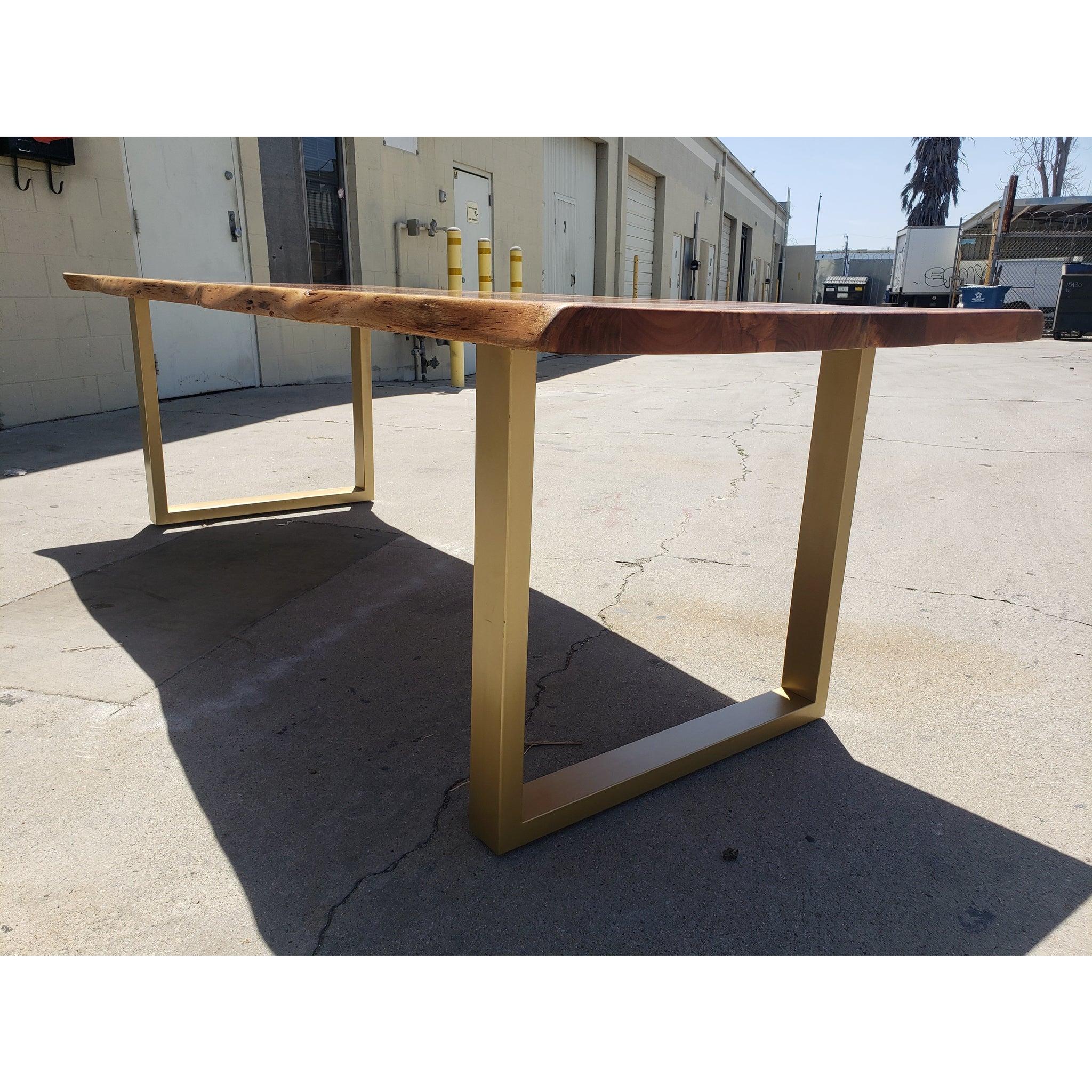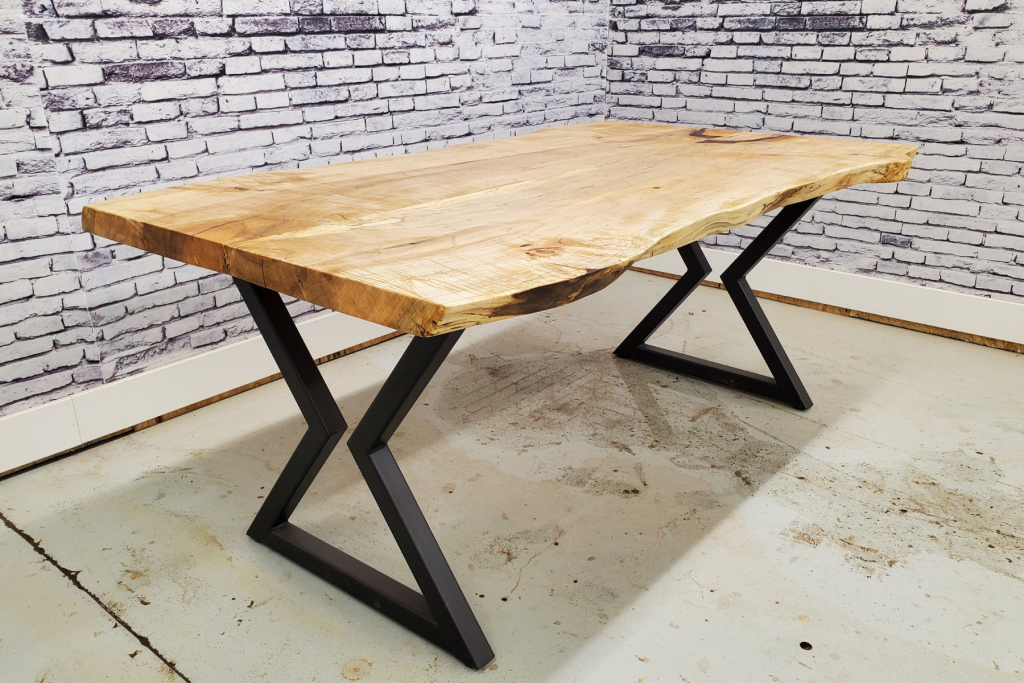Include a Rustic Touch to Your Table with Classic Dining Table Legs Wood
Include a Rustic Touch to Your Table with Classic Dining Table Legs Wood
Blog Article
Necessary Considerations for Picking the Right Table Legs Timber
Selecting the ideal wood for eating table legs involves a nuanced understanding of numerous factors that influence both functionality and aesthetic appeal. The choice of timber kind, varying from durable woods to extra fragile softwoods, plays a critical duty in making certain durability and stability. Each of these elements can dramatically impact the total experience of your eating area.
Value of Wood Type

Hardwoods, such as maple, oak, and walnut, are commonly favored for their toughness and resistance to put on. These kinds of timber supply a durable foundation that can stand up to everyday use, making them optimal for dining tables that experience frequent celebrations. On the other hand, softer timbers like want may be more vulnerable to scrapes and damages, which may not be perfect for high-traffic locations.
In addition, the selection of wood can also impact the convenience of upkeep. Some woods call for normal oiling or securing to maintain their appearance, while others may be much more flexible. Ultimately, selecting the ideal timber type entails stabilizing aesthetic considerations with sensible demands, guaranteeing that the dining table legs not only look appealing yet likewise stand the test of time.
Analyzing Security and Strength
When assessing table legs, one have to think about the stability and toughness they offer to the total structure. The legs are critical in sustaining the tabletop and making sure the dining experience is risk-free and pleasurable. A steady table is important for protecting against wobbling or tipping, which can result in spills or crashes during dishes.
The choice of timber type dramatically affects toughness. Hardwoods such as oak, walnut, and maple are generally more resilient and durable than softwoods like yearn or fir. Furthermore, the density and design of the legs play a critical role; thicker legs or those with a tapered layout can offer better assistance and stability.

Aesthetic Factors To Consider
While capability is extremely important, the aesthetic charm of table legs can not be overlooked, as they substantially affect the overall layout and ambiance of the dining room. The choice of wood, surface, and style can take away or boost from the table's visual impact.

Surfaces additionally play an important role in visual appeals. An all-natural coating can highlight the wood's inherent charm, while repainted or tarnished legs can introduce color and character right into the space. The percentage and range of the legs loved one to the table top and bordering furnishings must be thought about to make sure aesthetic equilibrium and communication.
Inevitably, the table legs should not only serve a practical objective yet additionally add to a natural and welcoming atmosphere, making them a crucial factor to consider in the general style of the eating area.
Maintenance Requirements
To ensure longevity and protect the beauty of wood dining table legs, routine maintenance is vital (Dining Table Legs Wood). Timber is a natural material that can be vulnerable to damage from moisture, heat, and wear. For that reason, establishing a routine care strategy will dramatically boost the longevity of your eating table legs.
Begin with routine cleaning utilizing a soft, lint-free cloth to remove dust and particles that can scratch the surface. For even more detailed cleansing, utilize a mild soap solution and damp towel, preventing excess moisture that can leak into the wood. It is suggested to use a top notch wood gloss or conditioner every couple of months to nourish the wood and preserve its gloss.
In addition, think about the environment where the table is positioned. Prevent straight sunshine, as it can create fading, and utilize rollercoasters or placemats to protect the surface area from warm and wetness. Attend to any damages or scratches promptly with proper wood filler or touch-up pens to prevent additional wear and tear. By sticking to these maintenance demands, link you will not only maintain the aesthetic allure of your wooden eating table legs but likewise expand their practical life-span.
Budget and Expense Aspects
Spending plan and price factors frequently play an important function in the decision-making procedure for choosing wood table legs. When reviewing options, it is important to establish a clear budget that aligns with your overall furnishings investment. The cost of wood eating table legs can differ dramatically based upon the kind of craftsmanship, timber, and layout intricacy.
Hardwoods such as oak, walnut, and cherry normally regulate higher prices due to their durability and visual allure. On the other hand, softer woods like ache may be a lot more affordable yet may not provide the same long life. Additionally, customized or artisan-crafted legs can sustain added expenses, reflecting the ability and time bought their creation.
It is additionally important to think about the potential lasting value of your financial investment. While choosing for lower-cost click here now materials could seem monetarily prudent initially, they might require even more frequent substitute or repair services, eventually boosting total expense.
Therefore, stabilizing quality and price is important. Focus on materials that fulfill your visual preferences while guaranteeing they fit comfortably within your budget plan, permitting you to create an eating area that is both practical and visually attractive.
Conclusion
In conclusion, picking the appropriate timber for dining table legs requires careful consideration company website of various aspects, consisting of timber type, stability, visual appeals, maintenance, and budget plan. Ultimately, an educated choice will certainly improve the long life and aesthetic allure of the eating table, making certain contentment and capability for years to come.
Picking the ideal kind of timber for eating table legs is critical for both visual allure and architectural honesty. Eventually, selecting the ideal timber kind includes stabilizing visual factors to consider with useful needs, making certain that the dining table legs not only look attractive however likewise stand the examination of time.
It is a good idea to apply a high-quality wood polish or conditioner every couple of months to nourish the wood and keep its radiance.
The price of wooden dining table legs can vary substantially based on the type of timber, design, and craftsmanship intricacy.
In conclusion, picking the appropriate timber for dining table legs necessitates mindful consideration of various elements, including wood kind, security, aesthetic appeals, upkeep, and budget.
Report this page